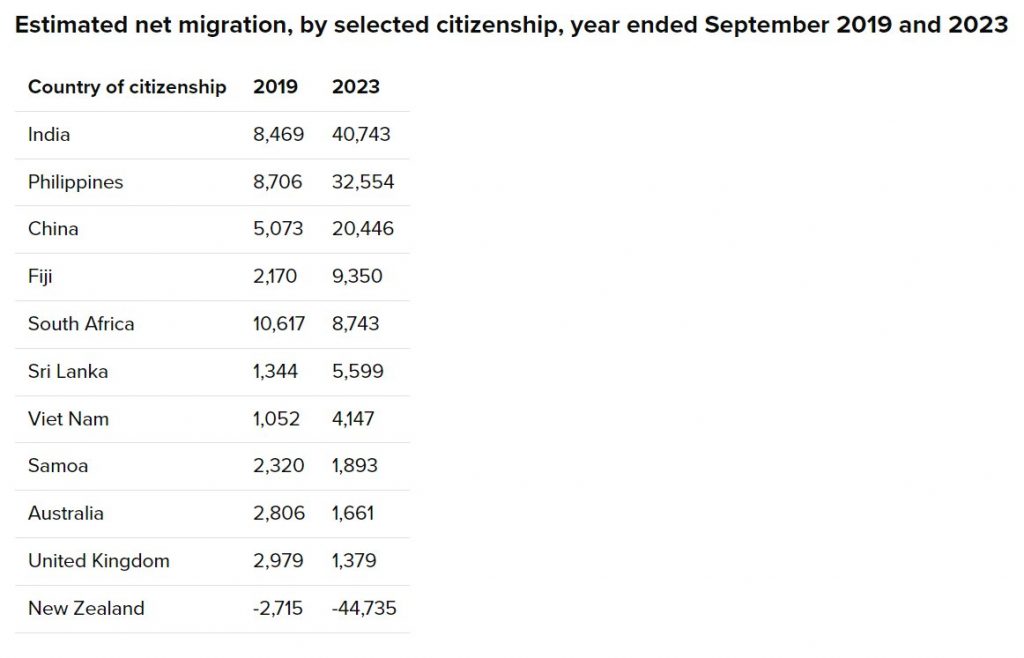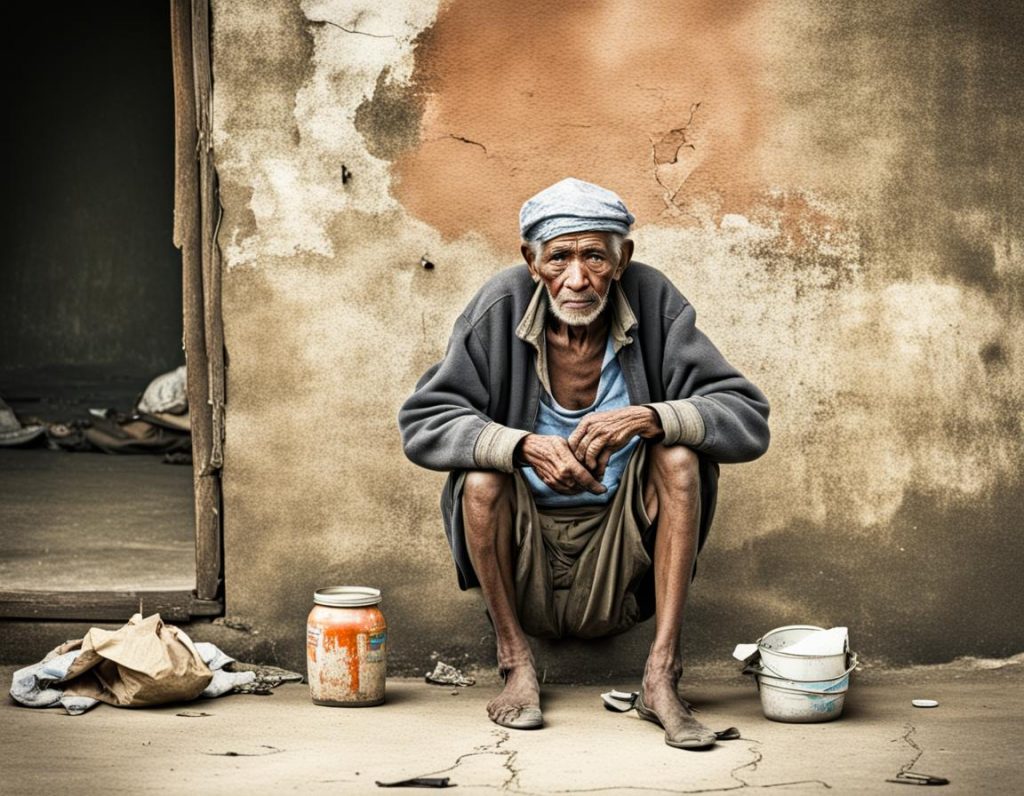
In France, 60% of the population believes that white French people are systematically being erased by mass immigration. This is the belief known as The Great Replacement. The theory that whites are purposefully getting erased is one of the most controversial in the politics of today, not least because Christchurch mosque shooter Brenton Tarrant named his manifesto after the concept.
Great Replacement Theory was initially developed by a French author and philosopher named Renaud Camus. He extrapolated known immigration and demographic data into the medium-term future and realised that French people would soon become a minority in their own country. Camus coined the term “genocide by substitution” for the phenomenon.
Predictably, this analysis provoked a shitstorm on the part of the French ruling class, who colluded to give Camus a two-month suspended prison sentence contingent on paying a fine. This followed a charge of “public incitement to hate or violence on the basis of origin, ethnicity, nationality, race or religion” in reponse to Camus’s statement that “immigration has become an invasion”.
Ruling class mouthpieces such as Wikipedia claim that Great Replacement Theory is a baseless conspiracy theory, apparently pushed by far-right-wing extremists in a bid to panic the masses. But, as with many other theories that the ruling class claims to be false, the facts and evidence backs it up. The numbers show, unequivocally, that white people are getting replaced.

Statistics show that 44,735 New Zealand citizens left the country in the year ended September 2023. That’s about how many New Zealand citizens live in a medium-sized city like Nelson or Invercargill.
In return, New Zealand received over 110,000 cheap labour units from Third World shitholes. These people tend to be desperate, and thereby willing to work for minimum wage (cha-ching!). Often they end up replicating Third World conditions in their housing or workplace safety. Import the Third World, become the Third World goes the classic Internet refrain.
Note that these numbers are for a 12-month period only. The trend need only continue as far as 2030 for New Zealand to lose some 300,000 Kiwis, and for those to be replaced with some 700,000 Third Worlders. This replacement is so vast, so sudden, so total, and so apparently irreversible, that it merits the term Great Replacement.
The benefits of this situation to the New Zealand ruling class are obvious. Getting rid of a Christchurch-sized cohort of uppity Kiwis, who expect wages they can own homes and raise families with, and replacing them with a multitude of cheap labour units, happy to live 20 to a house if it means they can send remittances home, is a recipe for colossal profits.
Various sinister conspiracy theories exist to explain the Great Replacement. Some of them have some truth to them. The fact remains, however, that the major motivation behind it is profit. Jews and the Kalergi plan are unnecessary; white ruling-class capitalists are perfectly happy to destroy their own working classes for profit, and always have been.
The Great Replacement has already happened in New Zealand in microcosm. As recently as 60 years ago, South and West Auckland were the homes of several thriving working-class white communities. Those have all since been replaced by cheap labour imports, mostly from the Pacific Islands.
If white people can be ethnically cleansed from South Auckland, and if most people respond by acting as if the replacements had always been there (and if they haven’t been, it’s not a big deal anyway), why couldn’t that also happen for New Zealand as a whole?
It’s worthwhile noting here that Australia and Canada, also ruled by international banking and finance interests, are following the same path. Net overseas migration to Australia is currently running at 300,000-400,000 per year. In Canada it’s closer to 500,000 per year. Both countries, like New Zealand, already have record housing crises.
Importing record numbers of immigrants, to compete for housing against a native population suffering a record housing crisis, is an act of evil. The Western ruling class is evil, and they are destroying us via genocide by substitution. We have a moral imperative to rise up and stop them. But we have to act fast.
The more immigrants our rulers import, the harder it becomes for us to resist.
Aristotle wrote in Politics that tyrannies prefer to be multicultural, because that makes it harder for the people to come together against their oppressors. Multicultural societies come with built-in fracture lines that the tyrants can use to divide and conquer the masses, thereby keeping them incapable of rising up to resist oppression.
If those of us in the West, therefore, wish to stop the Great Replacement, we have to act before our replacements reach a critical mass. Young Westerners are already priced out of housing in our own countries. If it gets any worse we will be replaced entirely.
*
For more of VJM’s ideas, see his work on other platforms!
For even more of VJM’s ideas, buy one of his books!
*
If you enjoyed reading this essay/article, you can get a compilation of the Best VJMP Essays and Articles from 2021 from Amazon as a Kindle ebook or paperback. Compilations of the Best VJMP Essays and Articles of 2020, the Best VJMP Essays and Articles of 2019, the Best VJMP Essays and Articles of 2018 and the Best VJMP Essays and Articles of 2017 are also available.
*
If you would like to support our work in other ways, subscribe to our SubscribeStar fund, or make a donation to our Paypal! Even better, buy any one of our books!



